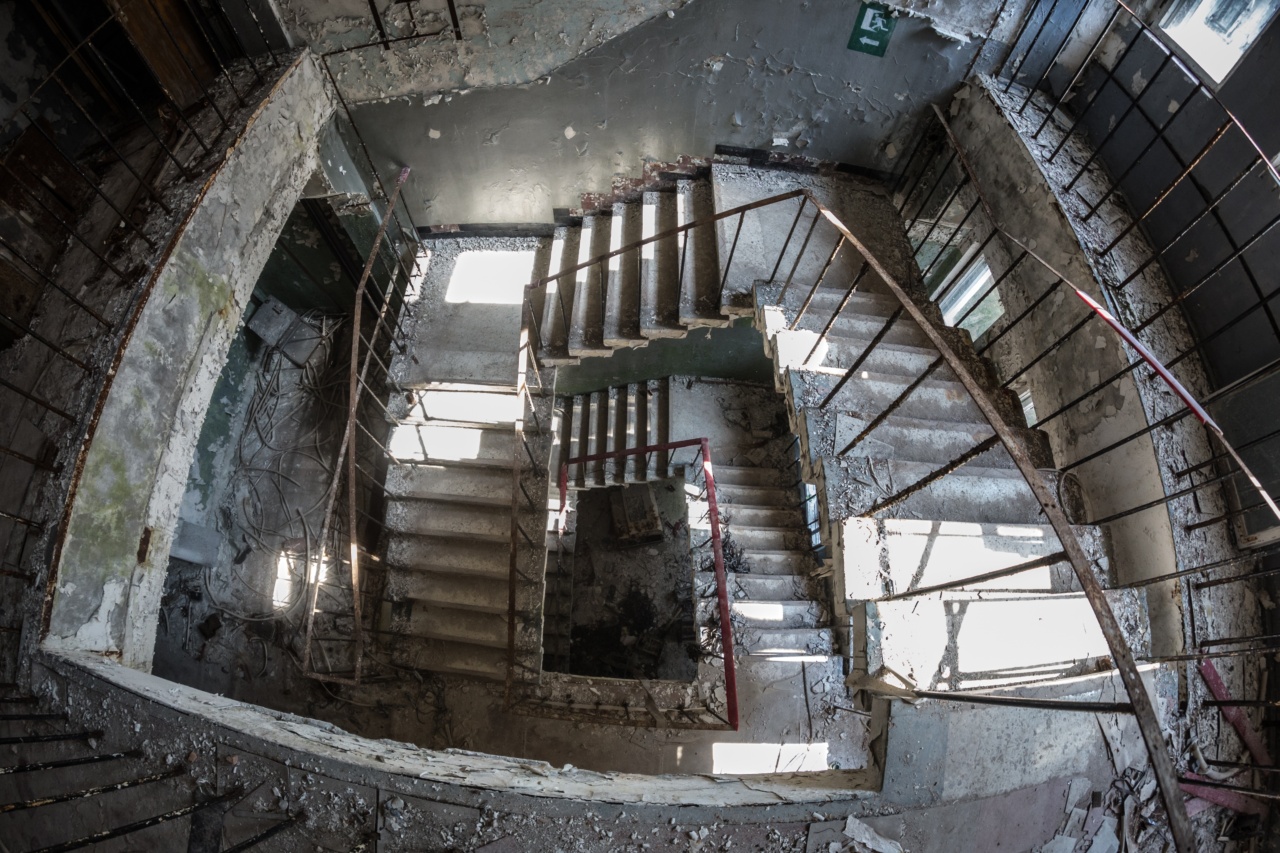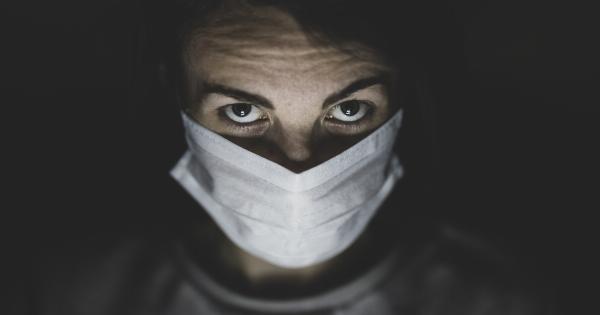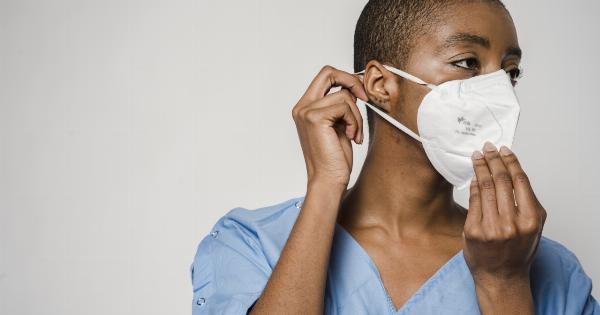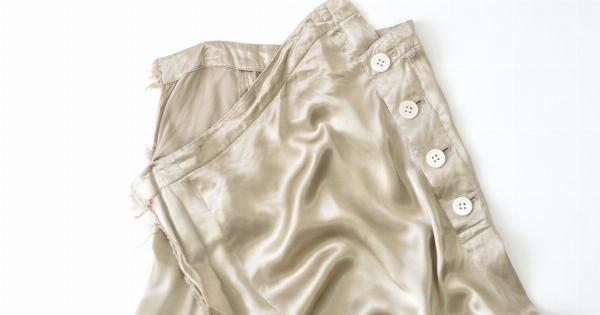Accidents happen, and one common mishap many people encounter is stepping on a nail. While any nail can cause pain and injury, rusty nails pose additional risks.
Rusty nails can introduce dangerous bacteria into your body, leading to potential infections and other complications. In this article, we will discuss the dangers of rusty nails, the steps to take if you step on one, and ways to prevent such accidents in the future.
The Risks of Stepping on a Rusty Nail
Stepping on a rusty nail can expose you to both physical and biological dangers. Here are some of the potential risks:.
1. Tetanus Infection
Tetanus, also known as lockjaw, is caused by a bacterium called Clostridium tetani. This bacterium can be found in soil, rust, and manure. When a rusty nail pierces your skin, it may introduce the tetanus bacteria into your body, leading to infection.
Tetanus affects the nervous system and can cause stiffness in the muscles, difficulty swallowing, and even death if left untreated.
2. Cellulitis
Cellulitis is a bacterial skin infection that can occur if you step on a rusty nail. The bacteria found on the nail can enter the wound, causing redness, swelling, tenderness, and warmth in the affected area.
Without proper care and treatment, cellulitis can spread, leading to more severe symptoms and potentially requiring hospitalization.
3. Puncture Wounds
Rusty nails are often sharp and pointed, making them more likely to puncture the skin deeply. This can result in painful wounds that may bleed and leave you susceptible to infections.
4. Other Infections
Besides tetanus and cellulitis, stepping on a rusty nail can also introduce other bacteria into your body, such as Staphylococcus aureus or Pseudomonas aeruginosa.
These bacteria can cause various infections, including skin abscesses, osteomyelitis (bone infection), or even sepsis in severe cases.
Steps to Take If You Step On a Rusty Nail
If you accidentally step on a rusty nail, here are the immediate steps you should take:.
1. Assess the Injury
Take a moment to analyze the situation. If the nail has gone through your shoe but hasn’t penetrated your skin, your risk of infection is significantly lower. However, if the skin is punctured, you need to be more cautious.
2. Stop Bleeding, If Any
If the wound is bleeding, apply gentle pressure with a clean cloth or bandage to stop the bleeding. Elevating the injured foot can help minimize bleeding as well. If the bleeding doesn’t stop or is excessive, seek medical attention immediately.
3. Clean the Wound
Once the bleeding stops, carefully clean the wound with soap and warm water. Be gentle to avoid further damage or pushing bacteria deeper into the wound. Use a mild antiseptic solution to ensure the wound is thoroughly disinfected.
4. Apply an Antibiotic Ointment
After cleaning the wound, apply an antibiotic ointment to help prevent infection. These ointments are readily available over-the-counter. Follow the instructions on the packaging for proper application.
5. Cover the Wound
Protect the wound from dirt and further contamination by covering it with a sterile adhesive bandage or dressing. This will also provide some cushioning to reduce pain and discomfort.
6. Monitor for Signs of Infection
Keep a close eye on the wound for any signs of infection, such as increasing pain, redness, swelling, pus, or fever. If you notice any of these symptoms, seek medical attention promptly.
When to Seek Medical Help
While some minor puncture wounds from rusty nails can be treated at home, it’s crucial to know when to seek medical help. You should consult a healthcare professional if:.
1. The Wound Is Deep or Large
If the puncture wound is particularly deep or large, it may require sutures or other medical interventions to promote proper healing and prevent complications.
2. You Cannot Clean the Wound Properly
If you are unable to adequately clean the wound or don’t have access to proper cleaning supplies, it’s advisable to seek medical assistance. Thorough cleaning is crucial to prevent infection.
3. Signs of Infection Develop
If you observe any signs of infection, such as increasing pain, redness, swelling, discharge, or fever, you should promptly consult a healthcare professional. Infections can worsen quickly and may require medical treatment.
Preventing Accidental Injuries from Rusty Nails
While accidents are not entirely avoidable, there are steps you can take to reduce the risk of stepping on a rusty nail. Here are some preventive measures:.
1. Wear Appropriate Footwear
When working in areas prone to rusty nails, such as construction sites or old buildings, wear sturdy shoes or boots that cover your feet entirely. Avoid open-toed or thin-soled shoes that provide minimal protection against puncture wounds.
2. Be Mindful of Your Surroundings
Pay attention to your environment and watch out for potential hazards. Be cautious when walking in areas with debris or other materials that could conceal rusty nails.
3. Keep Workspaces Safe and Clean
If you have control over the workspace, make it a habit to keep it clean and free of clutter. Routinely inspect for and remove any rusty nails or other sharp objects that may pose a risk.
4. Dispose of Nails Properly
If you are working with nails or any other sharp objects, dispose of them safely. Use designated containers or disposal methods that reduce the risk of someone accidentally stepping on them.
5. Immunization
Ensure that your tetanus vaccination is up to date. Tetanus immunizations typically last for ten years and provide protection against the bacteria commonly found in rusty nails.
Conclusion
Rusty nails present several dangers, including tetanus infections, cellulitis, puncture wounds, and other bacterial infections. If you step on a rusty nail, promptly clean the wound, apply antibiotic ointment, and cover it.
Monitor for signs of infection and seek medical help if necessary. To prevent accidental injuries from rusty nails, wear appropriate footwear, stay aware of your surroundings, keep workspaces clean, and dispose of sharp objects properly.
By taking these precautions, you can significantly reduce the risk of stepping on a rusty nail and the potential complications associated with it.






























